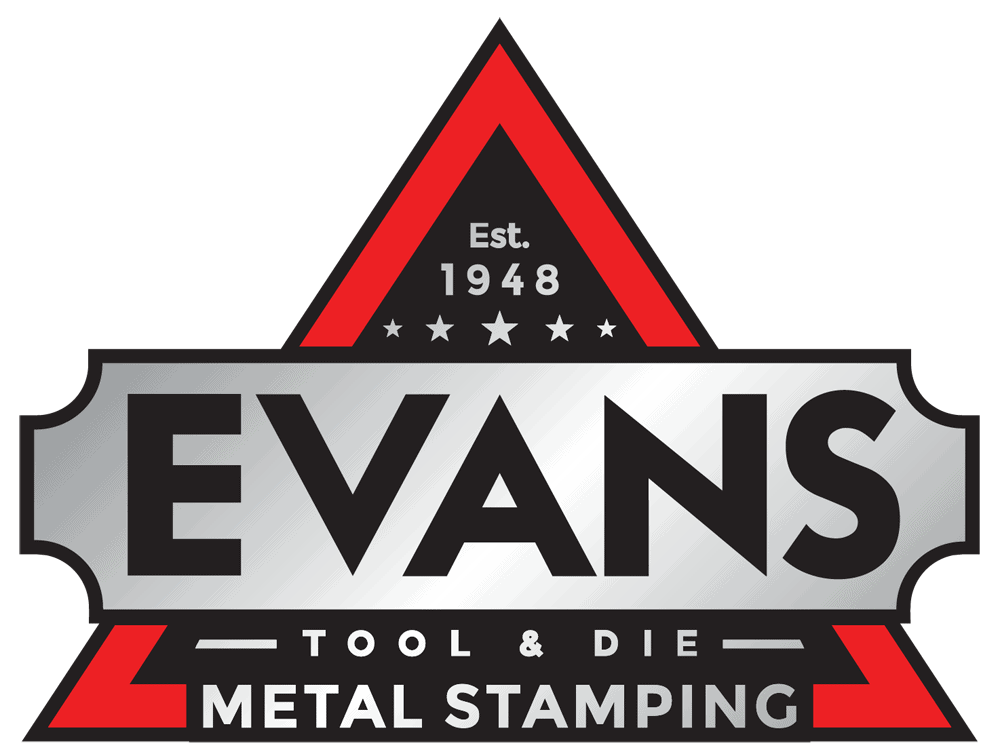Tool and Die Manufacturing Capabilities
Tool and die manufacturing offers a kaleidoscope of capabilities in several industries. Large manufacturing firms often rely on this process to deliver products with a broad spectrum of applications — durable goods, appliances, transportation, robotics, electronics, medical devices, and green technology. Specifically, tool and die manufacturing delivers three important capabilities to its users: deep drawing, stamping, and prototyping.
Deep Drawing
In this manufacturing technique, rigid tools, such as punches and binders, are used to produce components for the automotive industry. Deep drawing utilizes tensile and compressive conditions to form and shape flat sheet metal blanks into hollow bodies that can either open on one side or with smaller cross-sections.
With deep drawing, flat sheet metals are punched out, and the punch will stretch the materials to form in the die to achieve the specified shape. While deep drawing can stretch metal sheets, it doesn’t reduce their thickness, which helps maintain their strength and durability.
Stamping
Stamping is a metalworking process that uses a stamping press to cut or shape materials into any desired shape and size. Flat sheet metals are placed in the press, and techniques like blanking, punching, bending, embossing, coining, and flanging are used to manipulate the materials.
Moreover, there are several types of stamping presses used in tool and die manufacturing, including:
- Mechanical Presses: Using motors connected to mechanical flywheels, mechanical presses transfer and store energy to function more quickly than hydraulic presses. These are ideal for generating shallower and simpler parts and usually use transfer or progressive stamping techniques.
- Hydraulic Presses: This type of stamping press uses pressurized hydraulic fluid to apply force to a material. Hydraulic pistons can displace fluid proportionally, resulting in greater pressure control than mechanical presses. Hydraulic presses are typically used in smaller production runs as they create more profound and intricate stamping than other techniques.
- Mechanical Servo Presses: Instead of flywheels, mechanical servo presses use high-capacity servomotors to generate products faster than other presses. Manufacturers can also program slide motion, positioning, strokes, and speed to these presses for increased efficiency. However, mechanical servo presses are more expensive than other stamping presses.
Prototypes
Tool and die manufacturing is beneficial in developing prototype units. Tool designers and engineers often collaborate to produce the desired results. Tool and die maker professionals are ideal for this work, as they can craft complex machinery and understand mechanics well.
Subsequently, tool and die technology can renovate broken tools, dies, jigs, gauges, and other fixtures.

